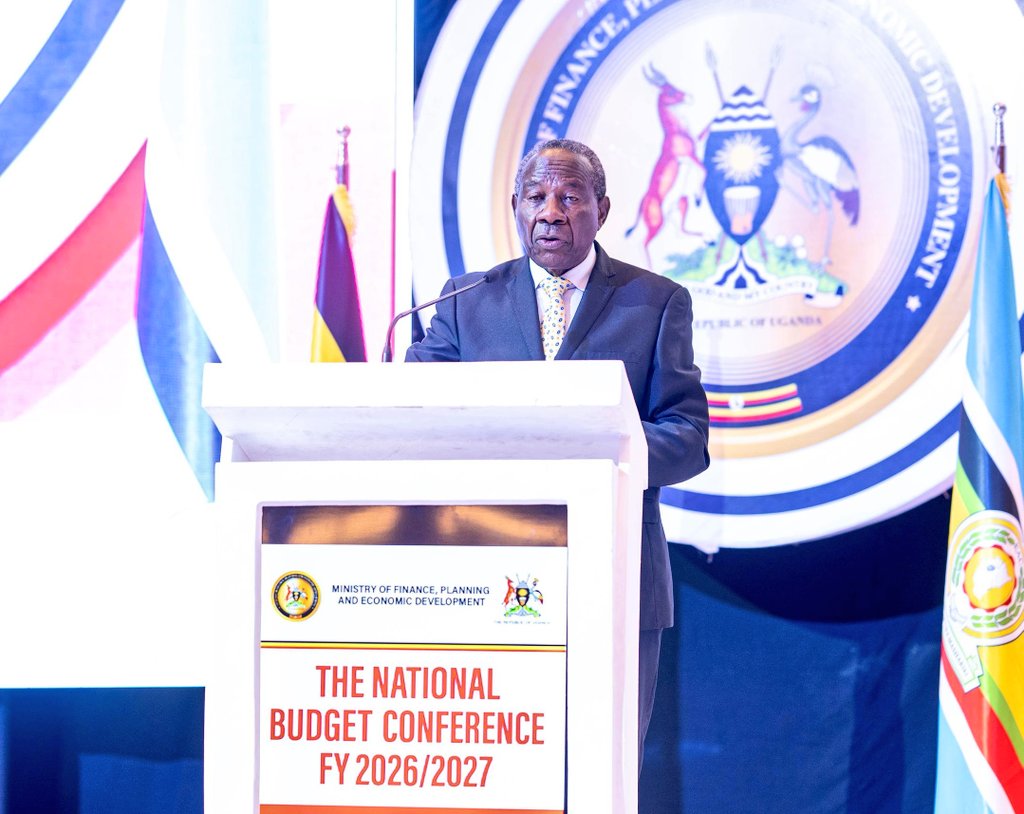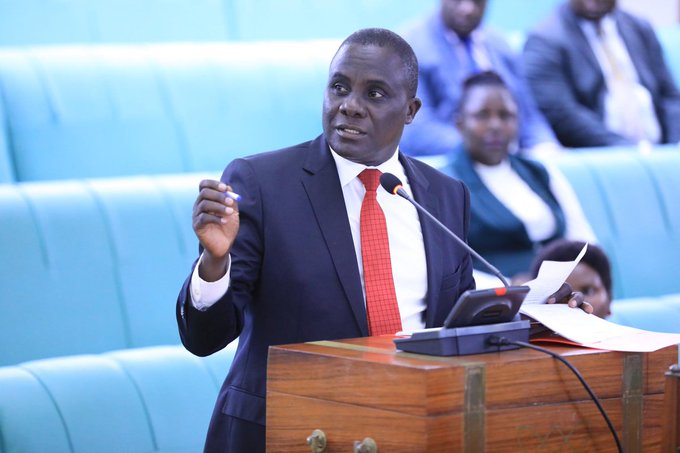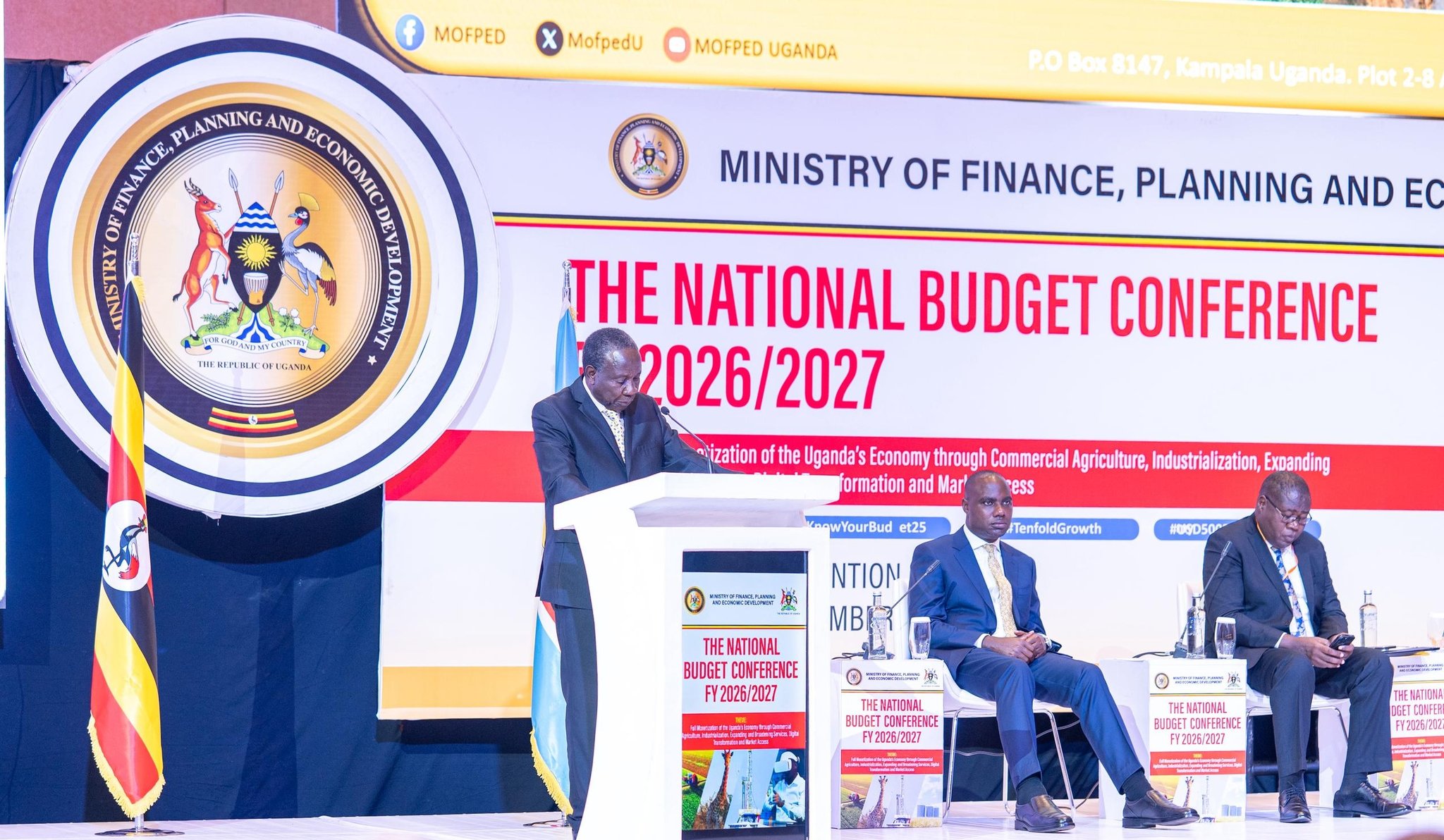Uganda’s Shs116.21 trillion public debt sustainable despite significant rise, finance minister Kasaija announces

Uganda’s Finance Minister, Matia Kasaija, has assured the nation that its public debt remains sustainable over the medium term, despite a marked increase in the total stock of debt. The Minister highlighted the country’s robust economic growth and ambitious development projects as factors underpinning this sustainability.
Speaking on the presentation of the Budget Strategy for FY 2026/27, Minister Kasaija reported that by the end of June 2025, Uganda’s total public debt was at USD 32.33 billion (approximately Shs. 116.21 trillion). This represents a substantial increase from USD 25.63 billion (Shs. 94.72 trillion) recorded at the close of June 2024.
Breaking down the figures, Kasaija noted that domestic debt accounted for USD 16.8 billion (Shs. 60.34 trillion), while external debt stood at USD 15.54 billion (Shs. 55.88 trillion). This translates into a debt-to-GDP ratio of 51.3%, which the Minister affirmed remains within sustainable thresholds for the short to medium term.
The increase in public debt, Kasaija explained, is primarily due to higher external disbursements and expanded domestic borrowing. These funds are being channelled towards financing major infrastructure projects crucial for national development.
Notably, the share of domestic debt as a percentage of the total debt stock rose to 51.9% by the end of June 2025, up from 42.9% the previous year. This shift, he added, aligns with the approved medium-term debt strategy and annual borrowing plan.
Minister Kasaija underscored the strong performance of Uganda’s economy, which he stated registered a robust growth rate of 6.3% in Fiscal Year 2024/25, slightly up from 6.1% in FY 2023/24. This steady upward trajectory, he attributed to increased government expenditure in productive sectors through initiatives like the Parish Development Model (PDM), boosted industrial output, growth in services and tourism, and significant investments in the burgeoning oil and gas sector.
Through various wealth funds, the government has cumulatively invested a total of Shs. 10.2 trillion into the private sector, further stimulating economic activity. The Minister also highlighted ongoing government efforts to enhance financial infrastructure through digitisation, customer protection measures, financial literacy programs, and efficient resolution of financial disputes.
Looking ahead, Minister Kasaija expressed optimism for continued economic expansion. He projected the economy to grow by 7.0 percent in the current Fiscal Year 2025/26, with an average growth rate of at least 8 percent per year over the next five years.
He further anticipated that with the onset of commercial production of oil and gas in 2026, Uganda’s economy is poised to register double-digit growth rates. The Budget Strategy for FY 2026/27, he concluded, is set to prioritise investment in the first phase accelerator actions of the ‘Tenfold Growth Strategy,’ which is anchored on four key growth areas aimed at achieving full monetisation and formalisation of the economy.







